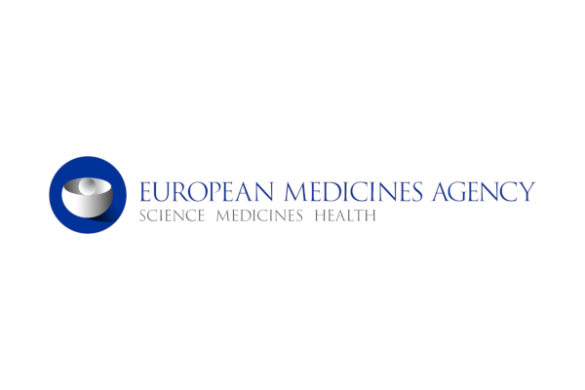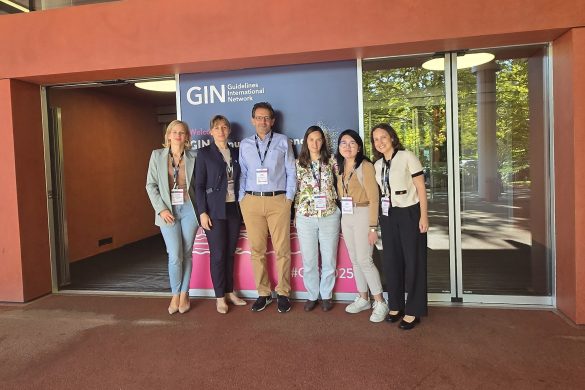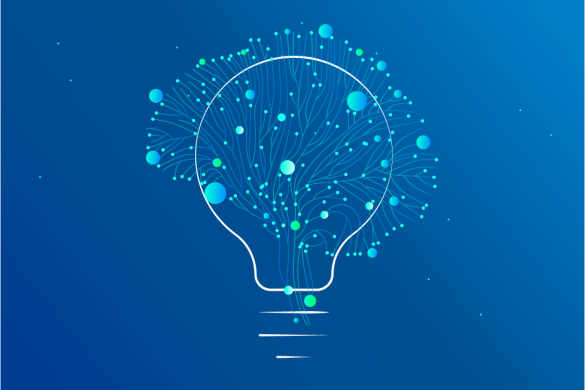The aim of this study, recently published in the Journal of Neurology, Neurosurgery and Psychiatry was, by a systematic review of the reported cases of GBS in SARS-CoV-2 infection, to clarify the clinical and electrophysiological phenotype, to discuss, on the basis of the available data, whether the disease mechanism could be parainfective or postinfective and to speculate on the possible pathogenesis. A systematic review from 1 January to 30 June 2020 revealed 42 patients with Guillain-Barré syndrome (GBS) associated with SARS-CoV-2 infection. SARS-CoV-2 infection was demonstrated by nasopharyngeal swab (85.7%) and serology (14.3%). Median time between COVID-19 and GBS onset in 36 patients was 11.5 days (IQR: 7.7–16). The most common clinical features were: limb weakness (76.2%), hyporeflexia (80.9 %), sensory disturbances (66.7 %) and facial palsy (38.1%). Dysautonomia occurred in 19%, respiratory failure in 33.3% and 40.5% of patients were admitted in intensive care unit. Most patients (71.4%) had the classical clinical presentation but virtually all GBS variants and subtypes were reported. Cerebrospinal fluid (CSF) albumin-cytological dissociation was found in 28/36 (77.8%) and PCR for SARS-CoV-2 was negative in 25/25 patients. Electrodiagnosis was demyelinating in 80.5% and levels 1 and 2 of Brighton criteria of diagnostic certainty, when applicable, were fulfilled in 94.5% patients. Antiganglioside antibodies were positive in only 1/22 patients. Treatments were intravenous immunoglobulin and/or plasma exchange (92.8%) with, at short-time follow-up, definite improvement or recovery occurred in 62.1% of patients. One patient died. The authors concluded that the most frequent phenotype of GBS in SARS-CoV-2 infection is the classical sensorimotor demyelinating GBS responding to the usual treatments. Moreover, the time interval between infectious and neuropathic symptoms, absence of CSF pleocytosis and negative PCR support a postinfectious mechanism.







